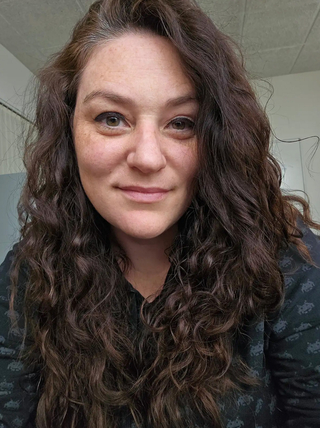CEERS Spectroscopic Characterization of Galaxies and AGN in the Heart of Reionization
The history of galaxies and the growth of their black holes [BHs] in the early Universe remains substantially unknown, in large part, as a result of the epoch in which they existed. Prior to the launch of JWST, the high-redshift field was restricted due to limited ground- and space-based instrumentation probing near-infrared [NIR] wavelengths and beyond. During this time, much of what we learned spectroscopically about these galaxies came from a handful of bright ultraviolet [UV] metal emission lines or far-infrared [FIR] emission, with the missing gaps of knowledge filled by simulations and theoretical models. Most notably, the emitted light was typically attributed to either the host galaxy or the active galactic nucleus [AGN] at the center, leading to a bifurcation of the field and subsequent scientific studies. Using the advanced spectroscopic NIR capabilities of JWST, we have been able to find not only increasingly distant galaxies but also to differentiate between AGN and star-formation emission within them. Finally gaining access to a time in cosmic history where both the host galaxies and their AGN are growing rapidly, provides a unique opportunity and challenge to observe and disentangle emissions from both independently, as often neither completely outshines the other. In this talk, I will highlight our work from the Cosmic Evolution and Early Release Science [CEERS] survey, and report on the spectroscopic confirmation of five of the brightest candidates found by HST with NIRSpec detections of [OIII]+Hβ, confirming their redshifts at z=7.8-8.7, focusing on the detection of an accreting supermassive black hole at z~8.7 in the brightest known galaxy at this epoch prior to JWST. This discovery provides an exciting new piece to the puzzle of BH growth and evolution in this epoch, with some interesting implications for the necessary seed mass and accretion rate to achieve the observed BH size in such a short time. I will also discuss the power of JWST for studying the physical properties of these galaxies, the implications they have for the apparent enhanced detectability of Lyα from these sources that lie in the heart of the epoch of reionization, and how the methods used for categorizing sources by either the host galaxy or the AGN may need to be modified from those previously used at later cosmic times.
